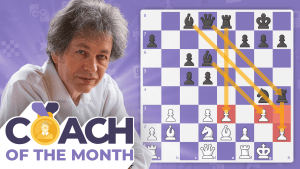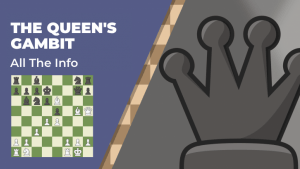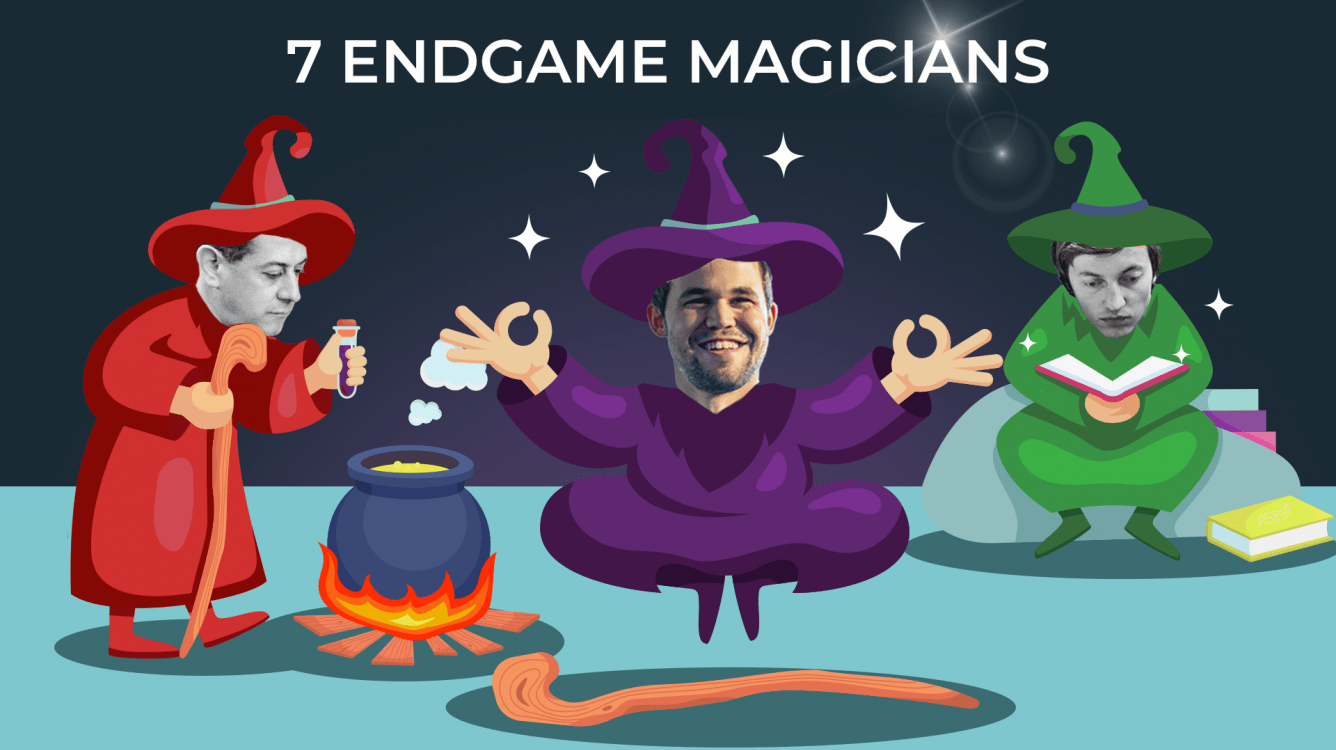
7 Chess Endgame Magicians
Endgames. The word, alone, may conjure up feelings of happiness, dread, or even despair for many chess players. Some adore the endgame while others despise it.
There is a grain of truth in the old Soviet saying that amateur chess players "play the opening like grandmasters, the middlegame like experts, and the endgame like beginners." In general, most players spend far too much time on the opening and middlegame—neglecting the equally important endgame. How should one improve their endgame play? By studying the greats, of course!
Today we will take a look at some truly special endgame players. One pattern to notice is that each of them was able to beat the best players in the world in roughly equal endgames—an incredibly difficult task.
These players consistently defeated the top players in equal endgames because they could turn the tiniest advantage into a winning advantage, their pieces seemed to find the perfect squares at the most precise times, and they could punish almost imperceptible inaccuracies. They all also possessed the incredible ability to create something out of nothing—I would call that magic.
Without further ado, here are seven endgame magicians:
- Jose Raul Capablanca
- Akiba Rubinstein
- Ulf Andersson
- Magnus Carlsen
- Salomon Flohr
- Vasily Smyslov
- Anatoly Karpov
- Conclusion
Jose Raul Capablanca
You can't have any type of endgame players list without Jose Raul Capablanca. The third world champion is well-known for his legendary endgame skills and his eight-year span from 1916 to 1924 where he didn't lose a single tournament game.

The simplicity and straightforward nature of his technique put him noticeably above his rivals in the endgame. He also happens to have some of the most instructive endgame wins—Capablanca is one of the most important players to study if you wish to improve your endgame skills.
In this first position, we see Capablanca with the black pieces versus the American chess legend, Frank Marshall. This game is from their match in 1909, which was meant to help Marshall prepare for his upcoming world championship battle against Emanuel Lasker—but Capablanca convincingly defeated Marshall.
After Capablanca's 17... Qc7, the position is balanced. Both sides are solid with White having a kingside pawn majority and Black a queenside pawn majority—certainly, this singular imbalance can't be turned into a winning edge, right?

Well, this game wouldn't be famous if this equal position had fizzled into a draw. Capablanca starts working on a simple and clear plan from the above position—he utilizes his queenside pawn majority to create problems for Marshall. After some exchanges, it is clear who is in the driver's seat—Capablanca's plan is in full force while Marshall only reacts.
After 26... Rd1+, Capablanca has a noticeable advantage: His queenside pawn majority is already rolling, his rook controls the d-file and first rank, and his simple plan of marching the queenside pawns is incredibly difficult (if not impossible) to stop without losing material.
Capablanca put on an endgame clinic in this game by fairly simple play. In short, he executed his plan (push the queenside pawn majority) while his powerful opponent seemingly had no plan. He won an equal position against a world championship challenger by taking a tiny imbalance (the queenside pawn majority) and turning it into a winning advantage. It feels like he created chances out of thin air—magical.
Akiba Rubinstein
GM Akiba Rubinstein is widely accepted as one of the strongest players to never win the world championship. Lasker agreed to play a world championship match with him, but the First World War got in the way. Capablanca also offered a world championship match to Rubinstein, but the funds could not be raised.
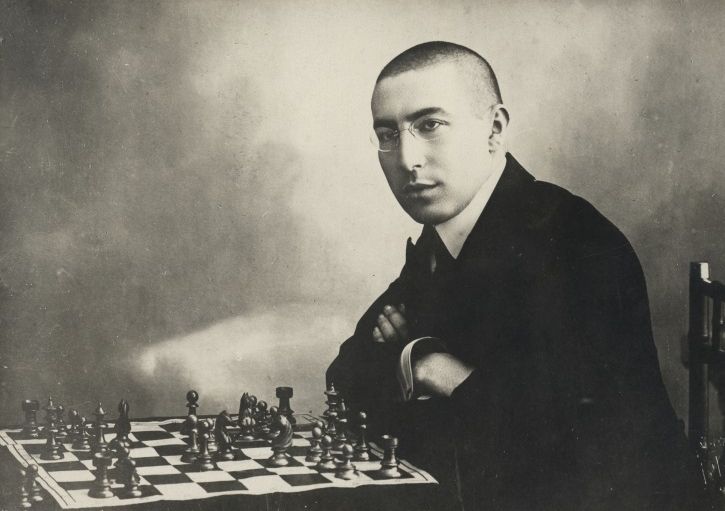
Rubinstein is best known for his winning streak in 1912, during which he won five major tournaments in a row. He is also considered to be one of the greatest endgame players of all time—one of his specialties was rook and pawn endgames.
In this game example from the Carlsbad 1911 tournament, we see Rubinstein torture future world champion GM Alexander Alekhine. The following position was reached after Rubinstein's 36.f3:

The position above is objectively equal if Black finds 36...a5: White's rook is more active than Black's, Black has three pawn islands versus White's two, White has doubled f-pawns, and Black's king is closer to the action on the queenside. Black needs to play 36... a5 here, taking advantage of the fact that White can't capture on a6 with en passant because the c6-rook will hang. Unfortunately for Alekhine, he missed this idea and slowly got squeezed:
Rubinstein's patience is noteworthy in this rook and pawn endgame squeeze. This game also teaches us the important truth that an equal position is not a drawn position—there is life in even the dullest-looking positions.
Ulf Andersson
GM Ulf Andersson is a Swedish Grandmaster who peaked at #4 in the world. A positionally-minded endgame specialist, he is still known to win "unwinnable" positions. His opening repertoire includes many lines where the queens are exchanged early.
Why would someone exchange queens so early? Well, because of his incredible abilities in simplified positions, he aims to drain the dynamic potential out of positions as soon as possible—and also because he is one of the most talented endgame magicians to ever grace the 64 squares.

As FM Dennis Monokroussos once quipped: "For most of us, if we're playing a peer and major exchanges occur, a quick draw is the likely result. For Andersson, exchanges are often not the prelude to a quick draw but the signal that it is time for his opponent to start suffering."
In the following game, we see Andersson with the white pieces against GM Peter Leko, a world championship challenger. The queens are exchanged on move eight, and the position is dead equal by move nine:

I certainly wouldn't suggest that this position is unwinnable, there is a lot of play left. However, the idea of a world-class GM losing either side of this position seems unrealistic. Having said that, this is the perfect type of position for Ulf to work his magic in.
After both sides finished developing and some more exchanges occurred, Ulf found himself with a tiny advantage in a double rook endgame. Leko defended very well, and eventually the position turned about as equal as can be. After 48.Ke2, the position truly looks "unwinnable":
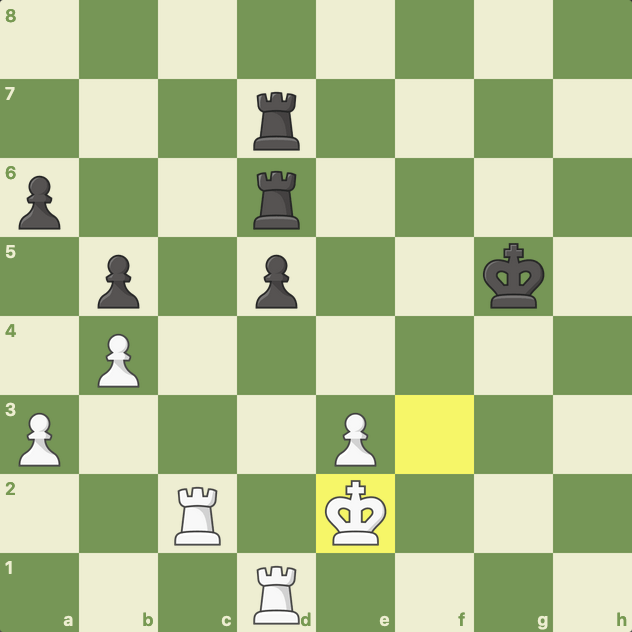
It is not difficult to guess the outcome of the game because it is being displayed—but let's see Ulf's sorcery:
It took Andersson 91 moves, but he won the game (and many, many others just like this). You won't find a lot of players who prefer to win a game in 80+ moves, but Andersson and his devoted followers are among them. If you are looking for more material on Ulf Andersson, I would suggest IM Cyrus Lakdawala's great book titled How Ulf Beats Black.
Magnus Carlsen
World Champion GM Magnus Carlsen needs no introduction. He is already considered to be one of the greatest players of all time, and it is well-known that he excels in every phase of the game. However, endgame trickery has been a calling card of the reigning champ for a long time.

Here is just one of many examples where Carlsen defeats a super-GM in a dead-equal endgame. How does he do it? Well, he is a wizard, of course! In the example below, Carlsen had White against GM Levon Aronian after 28.Rxf3:

The only slight imbalance in the position is that White has two pawn islands while Black has three, and the backward pawn on c7 can potentially become a target on the open c-file. After a handful of moves and the exchange of Black's c7-pawn for White's d5-pawn, another equal position occurred after 35. Rbd4:
Carlsen was able to punish a mistake that was almost imperceivable in an almost super-human fashion—he has the unique ability to maintain pressure and chances even in the simplest positions.
Salomon Flohr
GM Salomon "Salo" Flohr may be the least well-known player on this list, but he was a world-class player and a member of the first group of players awarded the grandmaster title in 1950.

He won the Czechoslovakian championship twice and tied for first place alongside GM Mikhail Botvinnik at the 1935 Moscow international chess tournament (ahead of Capablanca and Lasker). He even has a famous and sought after chess set named after him—the BFII (short for Botvinnik-Flohr Two), the historical chess set that was used in the 1935 Moscow tournament.
Flohr was known for his positional style and (of course) his endgame technique. In the following position, Flohr has White versus Botvinnik:

Flohr has the bishop pair, but the position is closed (which is often the type of position that knights thrive in). The strategic goals for both sides are clear: White wants to open up the position for his bishop pair, and Black wants to keep it closed and/or trade a knight for a bishop.
It is not immediately apparent how the position can be opened up, but Flohr gives us a textbook example of how to use the bishop pair in an endgame. Both players maneuver their pieces around and centralize their kings until Flohr begins chipping away at the closed center with with 41.f4:
Flohr displayed memorable and magical technique in this game—his patience and methodical planning are worth remembering.
Vasily Smyslov
GM Vasily Smyslov was the seventh world champion and is the record holder for most Olympiad medals—he has 17 medals! Smyslov played for over four decades and is known for his positional style and machine-like endgame technique.

In the following position, Smyslov had White against GM Viktor Korchnoi. As we've already learned, there is a lot of life in even the most equal-looking positions—and this position is no exception:

According to Stockfish, this position is all zeros (0.00). If I had to pick a side to play, I might even pick Black! However, it only takes three moves for Smyslov to create chances:
Smyslov's play in this endgame is definitely worth further study. It was as if he used Korchnoi's kinetic energy against him.
Once Korchnoi's rook was stuck on h2, Smyslov merely activated his own pieces and won the b-pawn. He then used the passed b-pawn as bait to lure Korchnoi's king to the wrong side of the board before converting a winning position. Smyslov's patient and precise play leave a strong impression.
Anatoly Karpov
GM Anatoly Karpov's inclusion on this list should come as no surprise to fans of endgames. Karpov was the 12th world champion and is widely accepted as one of the greatest endgame players of all time (alongside a few names in this article).

His endgames display fantastic examples of prophylaxis and zugzwang. The following position is from the ninth game of the 1984 World Championship match between Karpov and GM Garry Kasparov. Karpov had White, and the following equal endgame was reached after 36.exd4:

This position is a pretty level minor piece endgame. The only imbalance is that all of Kasparov's pawns are on the same color as his bishop, while all of Karpov's pawns (except the pawn on h3) are on dark-squares. But this can't be enough for victory—no way, right? It sure seemed that way, and it took some time for anything real to be accomplished:
Karpov created chances out of thin air. The technique displayed after entering the knight versus bishop endgame is more than memorable. Karpov essentially turned Kasparov's bishop into a whiffle bat swinging at air—that, alone, is magical.
Grinding out wins like this against the world's top players is why Karpov will always be remembered as not only one of the greatest players of all time but also as an endgame virtuoso.
Conclusion
I hope you've enjoyed this look at these marvelous magicians and their magnificent endgame play. Some patterns to remember from these game examples: be patient and don't rush, be vigilant and wait for the right moment, and always remember that equal does not mean drawn! Do you have a favorite endgame player who isn't on this list? Let us know your favorite endgame player in the comments below!
